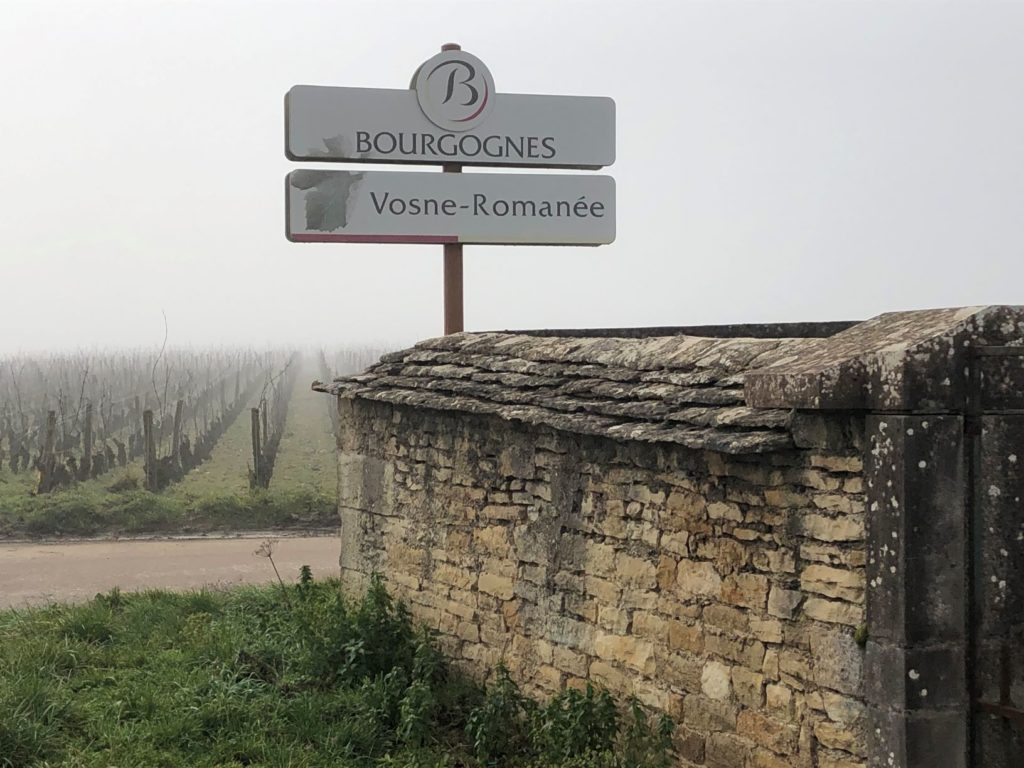Anne Arnold
July 12, 2021
About Wine | Experience
This Wednesday, July 14th, is the French National holiday, and what better way to celebrate than drinking French wine! It is a day that is similar to our Independence Day, when the French Revolution started and the country began to extricate itself from the monarchy and move towards a republic. Our American Revolution was an inspiration for many and it can be said that it was a catalyst for France to follow along to government by the people.
France has a very long history of winemaking, going back thousands of years to when the Greeks and Romans settled there and cultivated the vine. Wine was an important product, both for export and to support the people in the many cities of the Roman Empire that spread throughout the country. If there was a Roman city, you can guarantee there were vineyards nearby.

In the middle ages and beyond, monks, the scientists and winemakers of the day, perfected creating this beverage that is so linked to the Christian religion, as well as provided a source of nutrients and calories for the populace. They researched and observed the various types of grapes, experimented with new agricultural methods, how they grew, and discovered the nuances of different plots of land that became the beginning of the concept of terroir.
Terroir is the combination of factors including soil, climate, and sunlight that gives wine grapes their distinctive character.
Merriam Webster Dictionary
There is a reason that this is a uniquely French word and has no direct translation in other languages. It is truly a French concept that has existed for centuries and is still a revered part of winemaking in France.

One of the reasons I decided to take the course from the Wine Scholar Guild and become a certified French Wine Scholar was that this country is so diverse in not only its wine regions, but its styles and varieties of wine.
I, perhaps like you, would walk down the French wine aisle at the liquor store and be intimidated, not to mention confused, by the labels. Each bottle appeared to just have the name of the town or region and NO easily discernable information on what was in the bottle.
Months of study later and several trips to France, where we took some fantastic wine road trips, and it all started to make sense. Now, for me, the French wine section gives me the same feeling I had as a child in the penny candy store (yes, I am that old!) with a bag of change.
To put it simply, the array of choices, styles, flavors and varietals is just fantastic and I just want one of everything!
The map above, from my French Wine Scholar program, shows the main wine regions of France. Within those regions there are numerous sub regions, villages, individual vineyards even, that each have a different expression of the grapes and the terroir. Where do you start?
Did you know that many of the wines we drink every day are originally from France? Here are a few different ideas to change up your usual wine choice (and since you’re reading this blog, I assume you are “wine curious” and want to experiment) and dip a toe into the wonderful world of French wine:
If you like Sauvignon Blanc: look for a white Sancerre or Pouilly-Fumé from the Loire Valley
If you like Chardonnay: choose a white Burgundy, for example Macon-Villages, or Chablis (unoaked)
If you like Prosecco: indulge in the various types of French bubbly – Champagne, Cremant de Limoux, Cremant d’Alsace (anything Cremant is a traditional style sparkling wine)
If you like Pinot Noir: choose any red from Burgundy..it is almost always a Pinot Noir
If you like Cabernet Sauvignon and Merlot: look for reds from Bordeaux, which are a blend of these two grapes in various proportions depending on where and by whom they are made
If you like Malbec: try the real thing from Cahors, also known a “black wine”, because Malbec is NOT originally from Argentina!
These suggestions are just the tip pf the iceberg, but a good way to start exploring all that French wine has to offer. I hope it will inspire you to try some new things, even pick up a random bottle, do a little background research, and taste a bit of what makes France such a special wine region.
Santé!
More Articles from our Wine Blog
May 30, 2024
Antigal Uno Malbec Malbec, the grape that put the Argentine wine industry on the map, is one of my...
read more
Don’t Like Chardonnay, You Say?
May 21, 2024
I hated Chardonnay for most of my life. Buttery, oaky, full bodied....you know what I mean. I was...
read more
Malbec and Torrontes: Argentina’s Red and White Wine “Gems”
May 21, 2024
Having dinner last weekend at a Brazilian steakhouse and drinking a lovely Malbec from Argentina…...
read more
« Older Entries